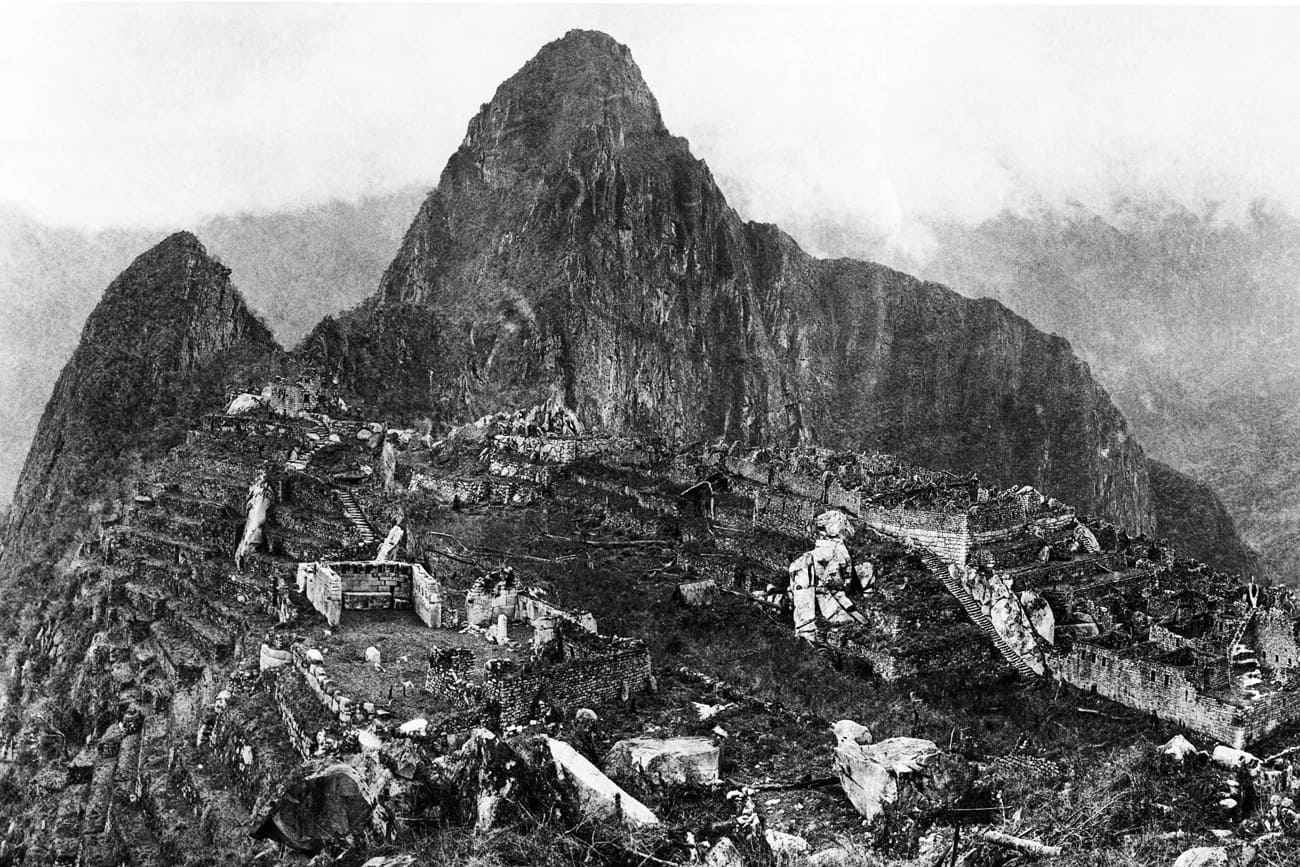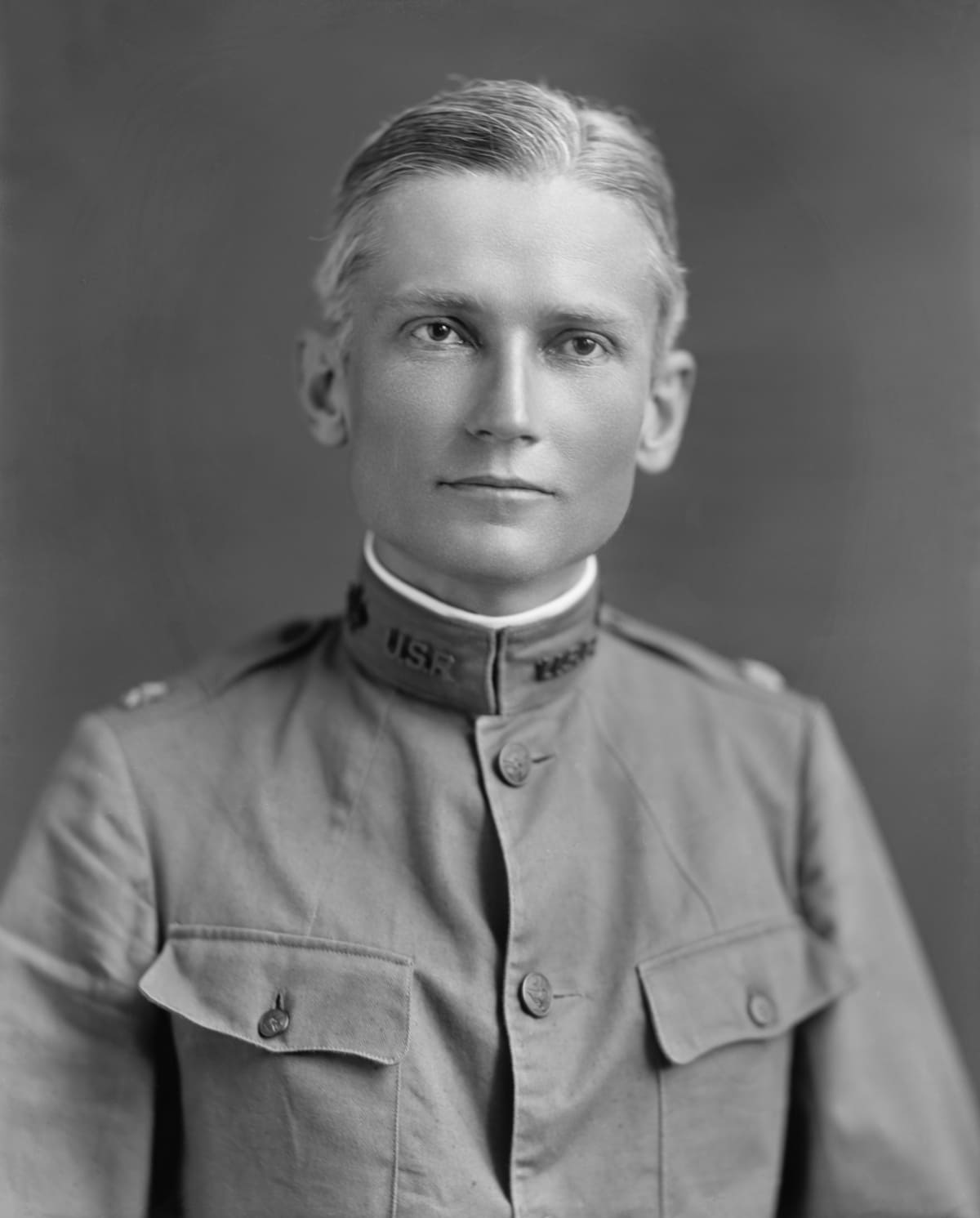For centuries, the ancient city of Machu Picchu, located amidst the Andes Mountains in Peru, was kept a closely-guarded secret. The world did not become aware of this magnificent example of Incan civilization until the early 1900s. Come along as we explore the intriguing tale of how this long-lost city was found and why it still draws tourists from all over the world.
Join us on a captivating journey as we delve into the intriguing story of how this lost city was brought to light.Learn about the tenacity and enthusiasm of adventurers, the enigma surrounding its beginnings, and the attraction that has attracted innumerable tourists from all over the world. Discover the facets of history and enigma that transform Machu Picchu from a sight to behold to an encounter that touches the soul profoundly. Let's discover why this historic marvel, which was once concealed from the public, is now a source of inspiration and wonder for anyone looking for knowledge and adventure.

The Incredible Discovery of Machu Picchu
Explorer Hiram Bingham was guided by two Urubamban farmers to the ruins of an enigmatic city that spanned Machu Picchu's peak on July 24, 1911. According to Bingham's explanation in "Machu Picchu, the Lost City of the Incas," "People often ask me, 'How did you discover Machu Picchu?'". In response, I say that I was looking for the ruins of the last Inca capital, which was thought to be located in the Vilcabamba range."
Melchor Arteaga, a tenant of those lands, lived in Mandor Pampa, a small plain surrounded by ravines, which the expedition arrived at. He told them about some interesting ruins in the village not far away. Bingham, Arteaga, and Sergeant Carrasco who was leading the group departed for these ruins on July 24.
It was an exhausting trip. They began by making their way across the raging Urubamba River on all fours over an unsteady bridge made of logs fastened together with lianas. Then, in oppressive heat, they ascended a nearly vertical slope for an hour and twenty minutes. They arrived at a hut by midday, where they were greeted by Melquiades Richarte and Anacleto Álvarez, two farmers.
Bingham was led to the ruins by a boy who happened to be Richarte's son, while Álvarez and Richarte conversed with Bingham's friends. The explorer was shocked to discover a hundred stepped Inca terraces, each roughly a hundred meters long and three meters high, where the Incas grew potatoes and maize as he turned a corner close to the house.
Bingham was led by the boy to see a hundred stepped terraces where the Incas farmed potatoes and maize. Each terrace measured roughly three meters in height and one hundred meters in length. Bingham and his youthful guide made their way through the undergrowth, passing from one terrace to the next. "Here and there, walls made of precisely cut and fitted white granite blocks emerged from behind tangled vines and bamboo canes, all hidden in the thick shadows. Abruptly, beneath a massive overhanging rock, the boy revealed to me a magnificent cave surrounded by exquisitely carved stone blocks. It had undoubtedly been a royal mausoleum. A semicircular structure with an exterior wall that curved slightly resembled the Temple of the Sun in Cusco stood at the top of that overhang."
Bingham proceeded to explore the city under the boy's guidance. "I was out of breath. What was this location? Why hadn't anyone informed us of it?" The enigmatic city spanned the top of Machu Picchu, the mountain that first made it known to the world thanks to Bingham.
The following year, 1912, Bingham commanded an expedition to Machu Picchu, funded by the National Geographic Society and Yale University, which gave the latter organization's first grant for an archaeological study. With the support of the Society, Bingham was able to convince the Peruvian government of the work's scientific value and secure enough indigenous labor to clear the ruins and start excavation. Along with enhancing the route to the location, he constructed a bridge over the Urubamba. Bingham made two additional trips back to Machu Picchu in 1914 and 1915.
The Secret Purpose of Machu Picchu
In addition to the characteristics of the city's Temple of the Sun, Bingham concluded that Machu Picchu belonged to Vilcabamba because most of the skeletons discovered there belonged to women, whom he thought to be acllacunas (sacred virgins of the Sun).
He remained convinced of this to the day of his death, forty years later. But since the most famous structures in Machu Picchu were too complex to have been constructed by the Incas of Vilcabamba, Bingham speculated that the city may have even older origins—it may have been the legendary Tampu Tocco, the home of Manco Cápac, the first Inca ruler, according to legend.
Though opinions on what Machu Picchu was actually differed, we know today that it was neither Vilcabamba nor Tampu Tocco. According to recent theories, it might have been a royal mausoleum, a place of worship for King Pachacuti's mallqui, or mummy (1438–1471).
Furthermore, since Machu Picchu had been visited by other tourists before Bingham and the locals knew where it was, we can be certain that it was not a "lost" city. Still, he had the credit for identifying its importance, uncovering it, and making the world aware of it.
Who Discovered Machu Picchu?

Most people agree that Agustín Lizárraga, a Cusco native and citizen of Peru, is the official discoverer of the Machu Picchu archaeological site. It is known that he discovered the site's remnants in 1902, but he was unable to disclose them since the Provisional Government did not back him.
On July 24, 1911, nine years later, American history professor Hiram Bingham arrived at Machu Picchu in pursuit of the fabled Inca city of Vilcabamba. Melchor Arteaga, the landowner, and Sergeant Carrasco from the Peruvian National Guard accompanied Bingham.
Day of the Discovery of Machu Picchu
On July 24, 1911, Hiram Bingham made the discovery of Machu Picchu and revealed it to the world. On this day in history, Bingham arrived at the location under the guidance of locals and started his investigations, which ultimately helped Machu Picchu become known throughout the world as one of the most significant and recognizable archaeological sites of the Inca Empire.
Summary of the Discovery of Machu Picchu
- Discovery Date: July 24, 1911.
- Discoverer: Hiram Bingham, American explorer and historian.
- Local Guides: Melchor Arteaga, a local farmer, and other locals guided Bingham to the site.
- Initial Belief: Bingham initially thought he had discovered Vilcabamba.
- International Recognition: Bingham published his findings, bringing Machu Picchu to global attention.
- Correct Identification: It was later established that Machu Picchu was an important Inca religious and administrative center.
- Legacy: Machu Picchu is now a world-renowned archaeological site and a UNESCO World Heritage Site.
What Was Found in Machu Picchu?
Hiram Bingham and other archaeologists discovered a variety of artifacts and buildings at Machu Picchu that provided insight into Inca civilization.
- Architectural Structures: Temples, agricultural terraces, plazas, and residences.
- Ceramic Objects: Everyday utensils.
- Stone Tools: Used for construction and agriculture.
- Aqueduct System: For water supply.
- Religious and Decorative Artifacts: Related to ceremonial practices.
Previous Expeditions to Machu Picchu
It is said that Agustín Lizárraga may have reached Machu Picchu before Bingham's expedition.
8 mysteries of Machu Picchu
- Not the Lost City of the Incas: Hiram Bingham was searching for "The Lost City of the Incas," their last capital where their last king, Tupac Amaru, was captured in 1572. Though he found Machu Picchu, the true lost city is Vilcabamba.
- Original Name Unknown: Machu Picchu means "old mountain" in Quechua. The original name of the city in Inca times is unknown.
- Local Knowledge: Locals always knew of its existence. In 1902, a farmer named Agustín Lizárraga cleared the site for agriculture.
- Spanish Conquistadors Never Found It: The Spaniards never reached Machu Picchu due to its remote location.
- Guided by a Boy: A local boy guided Bingham on his first tour of Machu Picchu.
- Previous Visitors: Other European explorers visited Machu Picchu before Bingham but did not introduce it to the world.
- Lack of Historical Records: There are no written records of Machu Picchu from its prime.
- Artifacts Taken to Yale: Bingham took 50,000 artifacts to Yale University.
Even now, Machu Picchu is one of the planet's most enigmatic and alluring locations. Hiram Bingham's discovery of it revealed the astonishing creativity and cultural diversity of the Inca society. Historians, archaeologists, and tourists all find Machu Picchu fascinating, despite the numerous theories regarding its function and past.
Take a look at our Machu Picchu tours
Come explore the wonders of Machu Picchu with us at Peruvian Sunrise and go on a once-in-a-lifetime adventure. We'd like to share the magic and mystery of this old Inca city with you. Make your tour reservation with us right now to take part in the journey that reveals Machu Picchu's mysteries. Allow us to fulfill your aspirations of traveling!
Consult our expert advisors today to start your adventure with Peruvian Sunrise. Book your trip now and start the adventure of a lifetime.
Thank you for reading!
Please, follow us on Facebook and Instagram, click on the following icons: ![]()
![]()
![]()
And If you liked the article, you are very welcome to share it on your social media.
